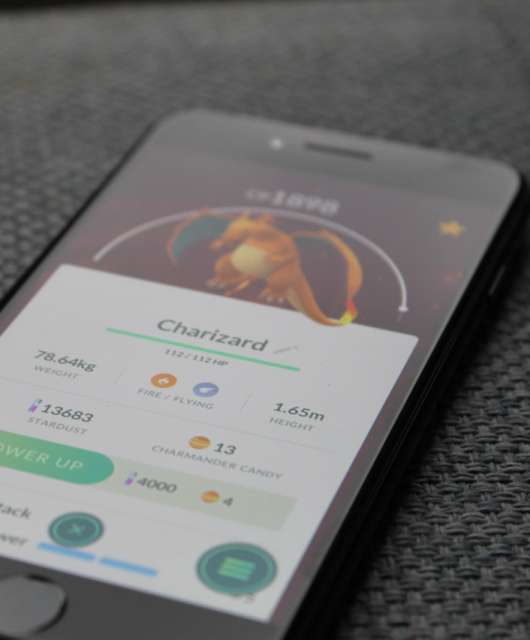Shopping Online provides a convenient way of making purchases at any time of day, 365 days a year, from a wide range of retailers offering more choice than ever before.
Analysts predict that each year more people than ever will use the Internet for shopping. But they also warn that fraud is on the rise and Internet users need to become better educated on how to protect themselves. Credit cards have helped fuel the Internet economy because they provide security, convenience and reliability for online purchases.
I am a great lover of e-shopping myself! I’ve bought almost anything you can imagine, from a Swiss watch to the tickets of the last Bruce Springsteen’s concert in Bilbao which, by the way, was absolutely great!!! But you must be careful and follow some easy rules.
Here you are some useful tips to take into account:
- Know who you are dealing with. Conduct business with those companies that you know and that are reputable. Get the seller’s landline phone number and postal address. Remember, you will be sharing your credit card number, your name and possibly your address and phone number.
- Check security. Look for the picture of the unbroken key or closed lock in your browser window. Either one indicates that the security is operative. A broken key or any open lock indicates it is not. Look to see if the web address on the page that asks for your credit card information begins with “https:” instead of “http.” Some web sites use the words “Secure Sockets Layer (SSL)” or a pop up box that says you are entering a secure area. These security protections do not work in e-mail. So, make sure you send personal and payment information in a secure web transaction.
- You should never be asked to tell anyone your card’s PIN number – even if they claim to be from your bank or the police and never use your Social Security Number or PIN as a password. Treat online marketers as you would telephone marketers or anyone else you don’t know. If the deal sounds too good to be true, it probably is, so pass it up.
- Only provide your payment card number when you are making a purchase and if you have initiated the negotiation and review your statement immediately and thoroughly. Whether you get your statement by postal mail or online, review each transaction carefully to make sure there are none that you did not make and keep records of what you order.
Now, why not sharing with me some of your e-shopping experiences? Go ahead, I’m really willing to listen to them!







16 comments
Completly aggree with your rules Ana. I follow them for well .. let’s say “since ever” .. and i never ran into any fraud.
What i’m interested in is: How much money do you “burn” online doing eshopping? For myself i would say it’s around 30€ to 150€ a months for sure (that is going up lately cos i still manage to no smoke anymore and so i do have more money to give to Amazon directly lol)
Mastercard and some others are now providing additional security functions for online shopping where you can specify a passphrase to validate your purchases. MC’s one is called “SecureCode” (http://preview.tinyurl.com/2enua9). If you’re not using it yet, you should look into it 😉 It’s mandatory for Swedish cardholders now.
And when it comes to shopping, I don’t do that much of it myself 😉 but I do give monthly donations to the Creative Commons through PayPal. Don’t know if it would be considered shopping though 😉
Good tips Ana, especially the last one for my friend Nacho, who accidentally purchased a mobile telephone…
LOL, accidentally!!! how fun!, and also accidentally happened to be an iphone 3GS?
Good point, Daniel! 😉
david :
…Nacho, who accidentally purchased a mobile telephone…
wtf?!?
The best part about shopping online for wedding attendant gifts is that the prices are usually cheaper than the mall anyhow. You don’t have to get in your car and drive around.
Hey, Great post. Agree you have to be a little careful when you shop online. Deal with online retailers that are well known such as Amazon, JC Penney etc. Since I shop online frequently, I use this VeriSign secured toolbar Billeo ( https://addons.mozilla.org/en-US/firefox/addon/12715 ). It keeps my personal info safe and tracks my expenses. The tool is free and also compatible with Firefox 3.5.
I just e-bought a painting!!! It’s so gr8 I wanted to share it with you 🙂 The painter is Raquel Macias, the painting’s name is Dormida (Asleep) http://tinyurl.com/n57ujf
Amazing article this is. It gets a thumbs up from me.
Thank you very much 😉
BR,
Cristina
Everyone Know that Online Shopping is easiest and most convenient way to buy all goods on internet at smart price without wasting any time.
Few People know that how make a successful online shopping at internet.
To make a successful online shopping, we must be aware of some safe Online Shopping Tips that are explained in this article in a good way.
Many people would preferably choose to shop online as it is the easiest and also the interesting choice. But it is essential to know the safety tips as well. All your points are very useful!!!
Hi Liam,
Quite right, thank you for your comment!!